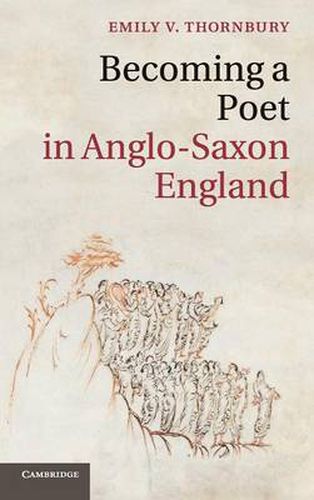Readings Newsletter
Become a Readings Member to make your shopping experience even easier.
Sign in or sign up for free!
You’re not far away from qualifying for FREE standard shipping within Australia
You’ve qualified for FREE standard shipping within Australia
The cart is loading…






Combining historical, literary and linguistic evidence from Old English and Latin, Becoming a Poet in Anglo-Saxon England creates a new, more complete picture of who and what pre-Conquest English poets really were. It includes a study of Anglo-Saxon words for ‘poet’ and the first list of named poets in Anglo-Saxon England. Its survey of known poets identifies four social roles that poets often held - teachers, scribes, musicians and courtiers - and explores the kinds of poetry created by these individuals. The book also offers a new model for understanding the role of social groups in poets’ experience: it argues that the presence or absence of a poetic community affected the work of Anglo-Saxon poets at all levels, from minute technical detail to the portrayal of character. This focus on poetic communities provides a new way to understand the intersection of history and literature in the Middle Ages.
$9.00 standard shipping within Australia
FREE standard shipping within Australia for orders over $100.00
Express & International shipping calculated at checkout
Combining historical, literary and linguistic evidence from Old English and Latin, Becoming a Poet in Anglo-Saxon England creates a new, more complete picture of who and what pre-Conquest English poets really were. It includes a study of Anglo-Saxon words for ‘poet’ and the first list of named poets in Anglo-Saxon England. Its survey of known poets identifies four social roles that poets often held - teachers, scribes, musicians and courtiers - and explores the kinds of poetry created by these individuals. The book also offers a new model for understanding the role of social groups in poets’ experience: it argues that the presence or absence of a poetic community affected the work of Anglo-Saxon poets at all levels, from minute technical detail to the portrayal of character. This focus on poetic communities provides a new way to understand the intersection of history and literature in the Middle Ages.